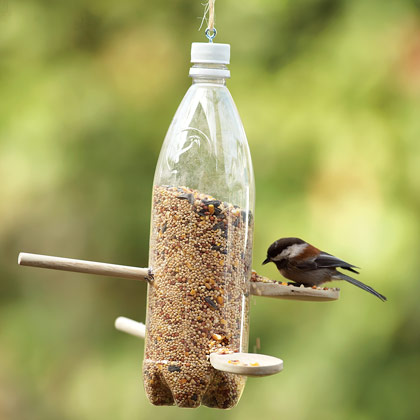Air is invisible yet has properties we can see, touch and observe at very early ages. Even the youngest of children respond to the wind or will try to blow out candles. Air is all around us and is always pushing on your body. Your body pushes back equally so we don't feel the air pressure directly.
Wind has such clear effects on our environment. We can see it blow leaves, move trees, and move water. We can experience made-made wind by standing in front of a fan or make our own with our breath. Try some of these fun and easy games with air,
Straw races. Try blowing a cotton ball with your breath. Just blow on it. It will go pretty far. Now try blowing with a straw. The cotton ball can sail across the room. The straw helps to concentrate the force of our blowing. Try the same thing with other toys such as small balls or cars.
Launching: Make your favorite paper air plane. Try throwing it with your right hand and mark where it lands. Try with your left hand. Which launched better? Now try outside. Does wind affect your plane? Now challenge a friend. Try both of you adding a paper clip or a special fold in similar places. How does that affect your flights?
Parachutes: Take a piece of fabric that is about 12 inches square. Cut four 10 inch pieces of heavy thread or light string and tie to each corner of the fabric. Tie a weight to the four strings such as a washer, bolt, or small toy. Now drop it by standing on a chair or from the top of the stairs. What happens to the fabric? Can you fold the parachute in different ways that affect its float down? Does a change in the weight change the float down for the parachute? What if you made it out of different fabric?
Music: Some musical instruments use air to make music. What instruments do you have or could make that use air? Kazoos, harmonicas, recorders, flutes, trumpets and whistles all use air. Try making a jug instrument my blowing across a glass bottle or jug. Does the amount of liquid in the bottle matter to the sound?
Bath Time: Add a cup to bath time. Turn a cup upside down and slowly push it down in to the water being careful not to tip it sideways. A bubble or two might leak out but the idea is that water and air don’t occupy the same space. Water will push air out of the way if it can. What happens when you reach the bottom? Is the cup full of water or air? What happens when you let go? Try again with cups of different sizes and shapes.
Books:
Air is all around you by Franklin Branley
Kite in the Park by Lucy Cousins (of Maisy fame)
Up, Up & Away!:The Science Of Flight. By Barbara Taylor.







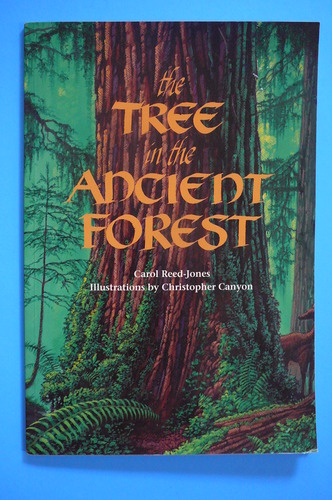


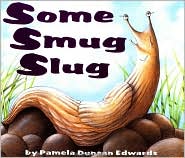










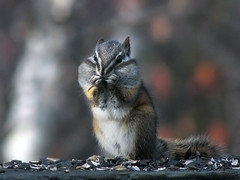


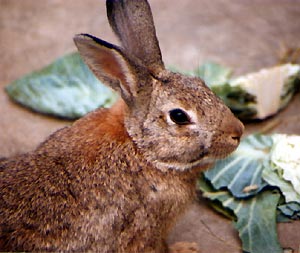

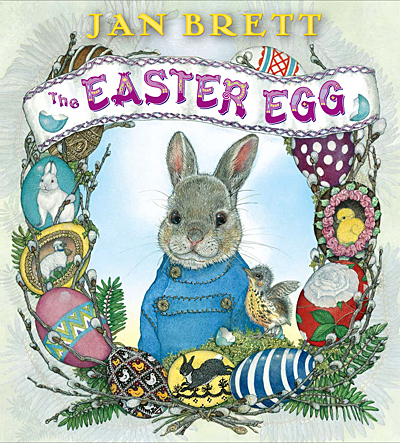











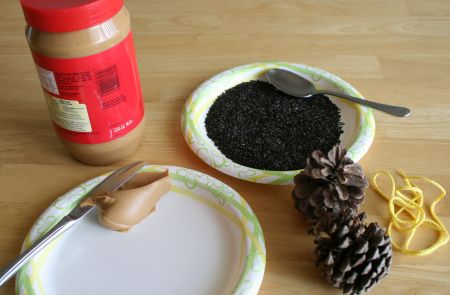 Image from MakeandTakes.com
Image from MakeandTakes.com